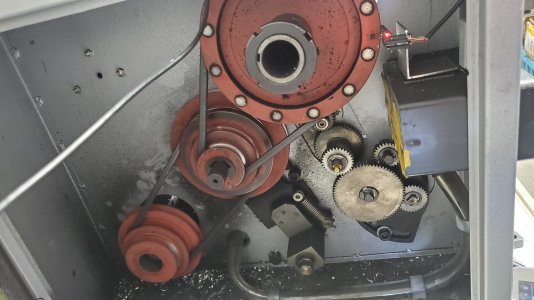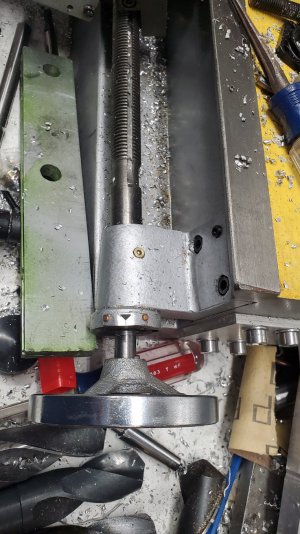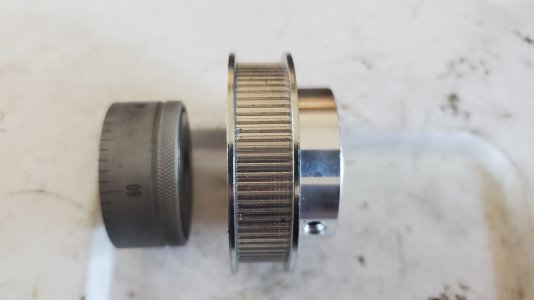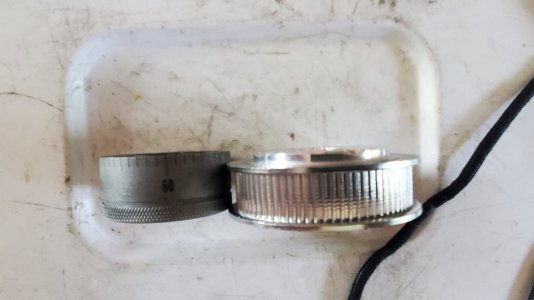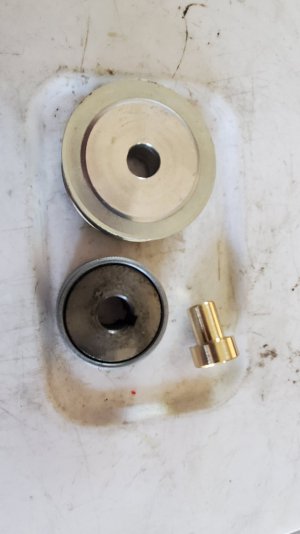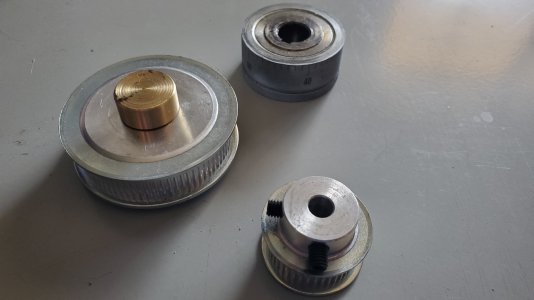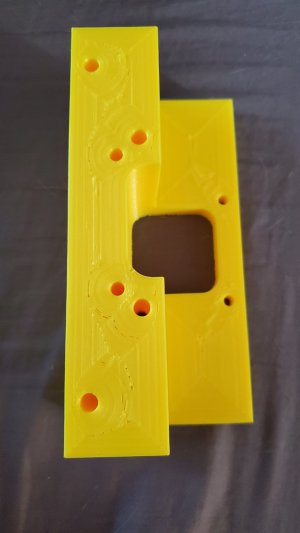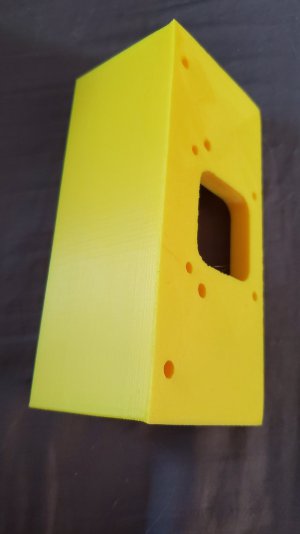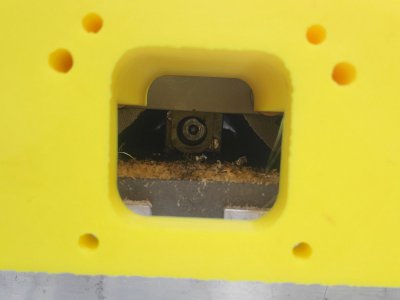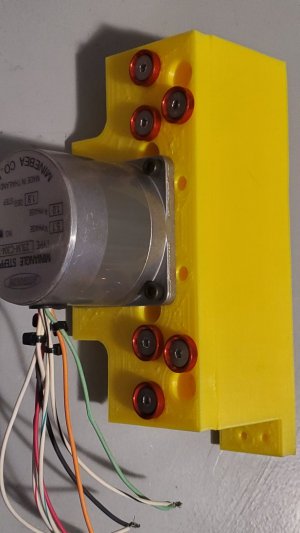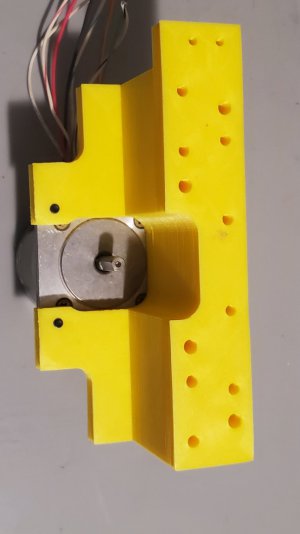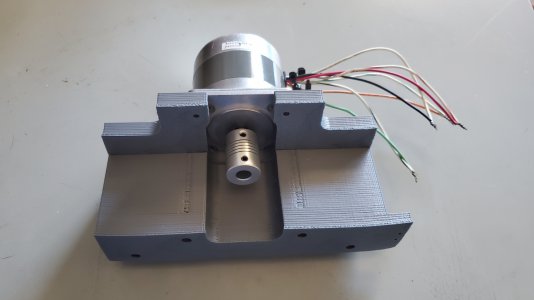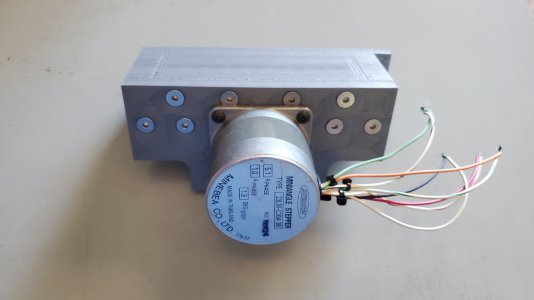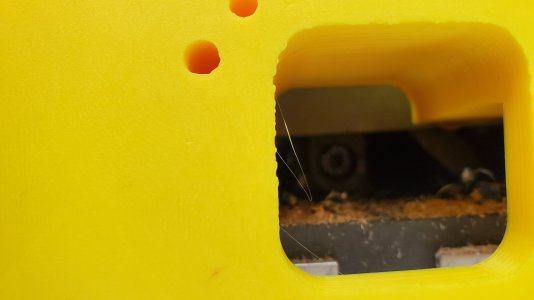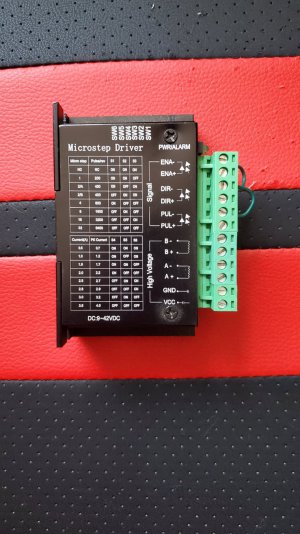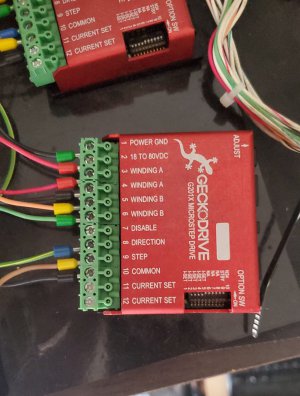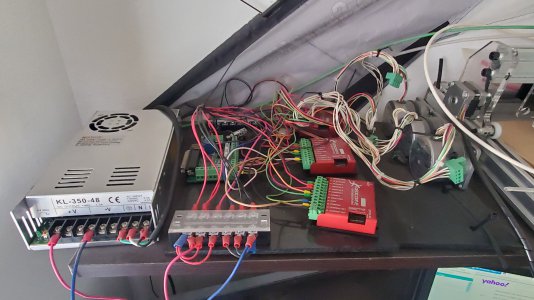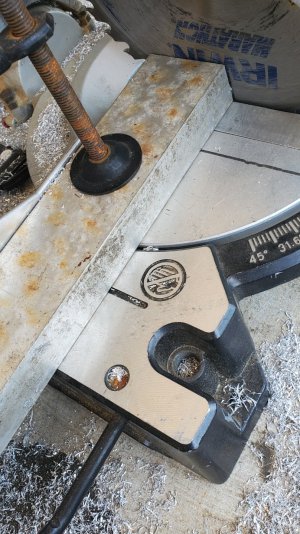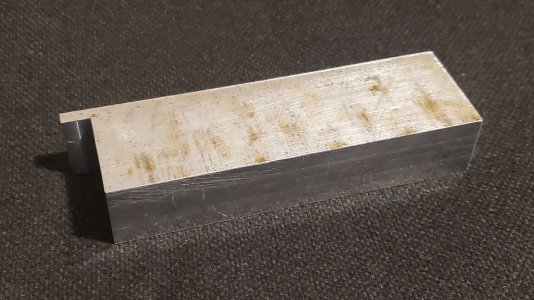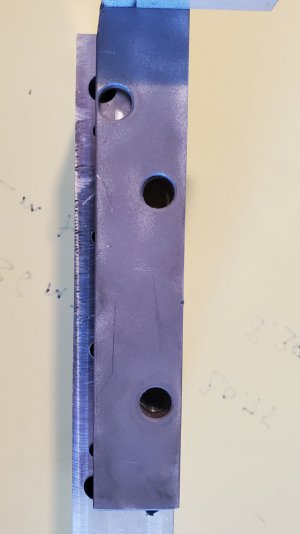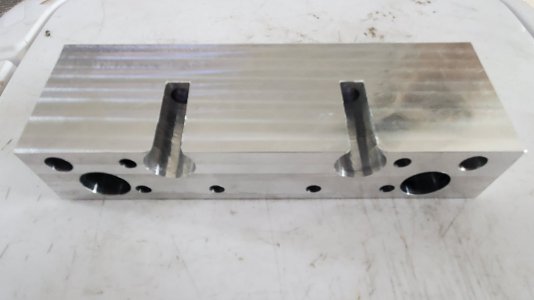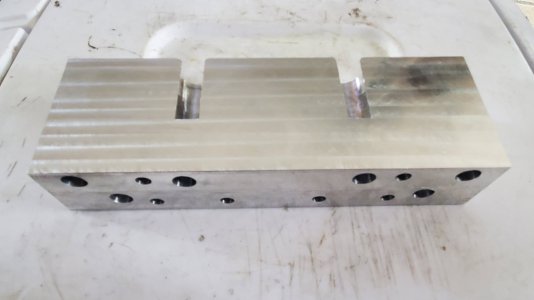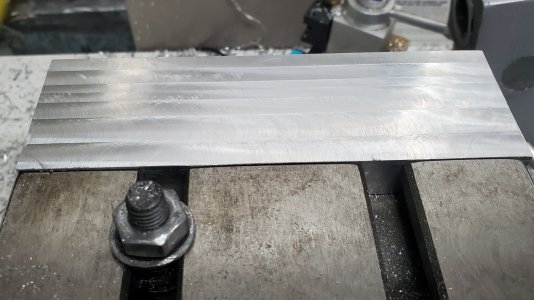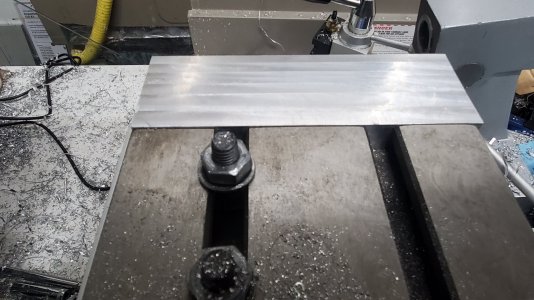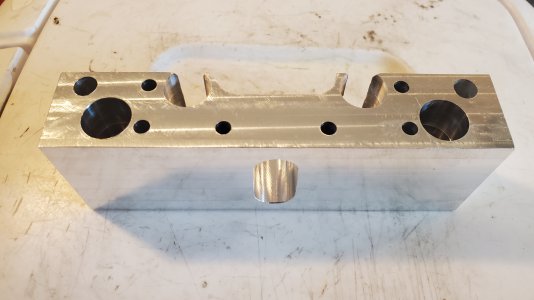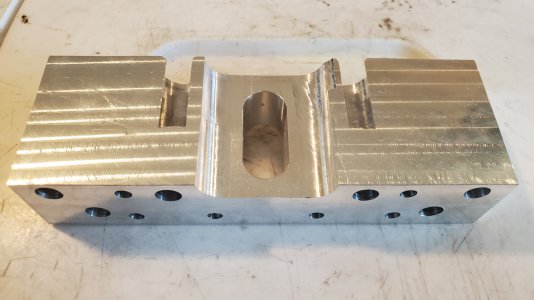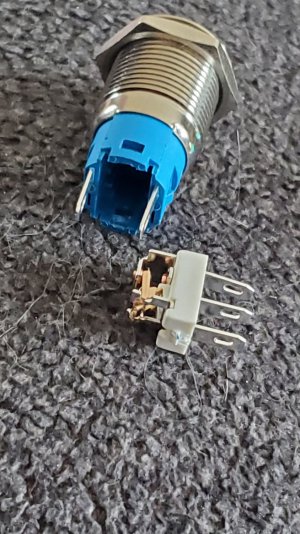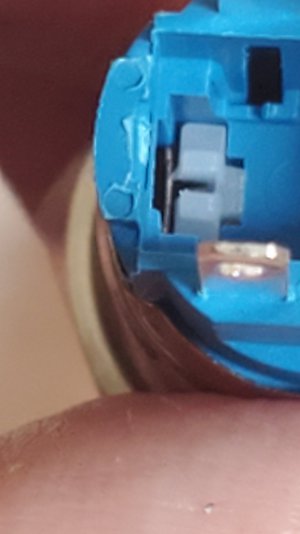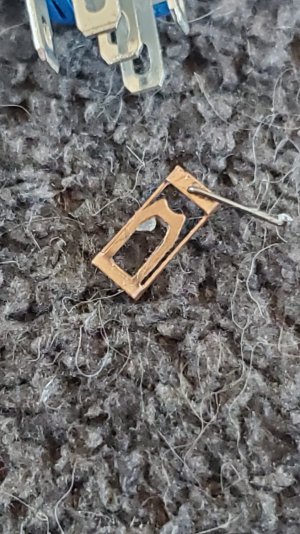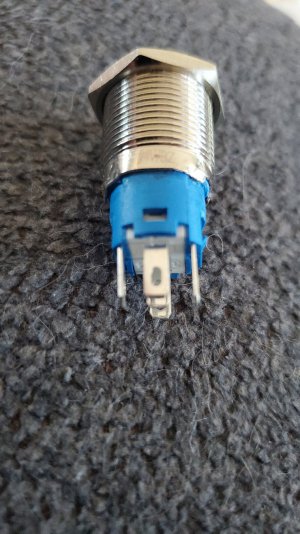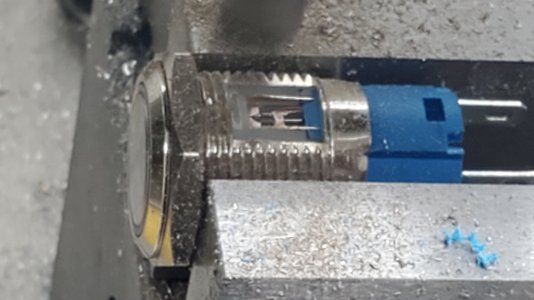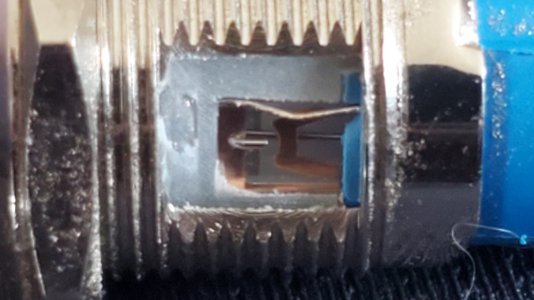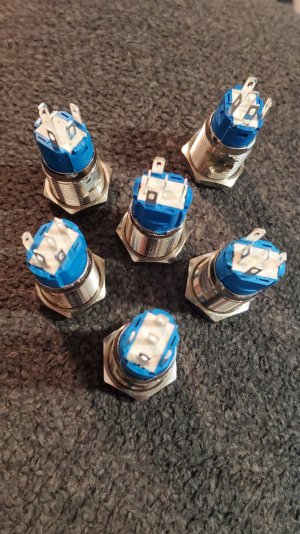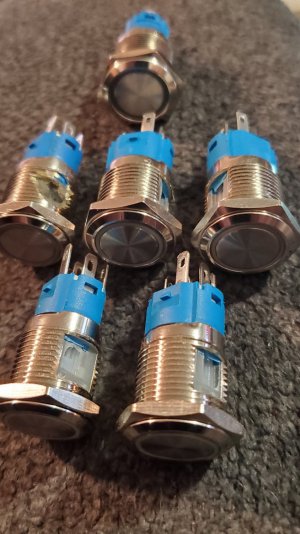- Joined
- Feb 24, 2019
- Messages
- 927
I figure I might as well call this a project and keep it all together.
Back story.
I HATE the little handwheels on my Smithy Midas 1220. They are flimsy and have too small of a radius for my taste. I'm not necessarily going to replace them. I just hate them.
I also hate that I can't change the leadscrew speed on my machine without changing gears. The gear change steps are more difficult then they need to be but they work, I suppose.
I don't like breaking the sacrificial gear hub when I screw up and forget to unlock the slides. Especially since the machine, and the parts, are discontinued by Smithy. They might still be available in China somewhere but I didn't find them.
And I hate how slow my Y-axis feed is and how I have to used the lathe drive just to have the power feed when milling.
The key, remove the manual drive. Replace with stepper drives. That's my goal.
(I evensually plan to replace the main motors as well)
This last week I was making some parts on the mill and the number of cranks I needed to make on the small handwheel just wore my forearm out. I eventually went to a hillbilly feed.
The following will be to document the changes I'm making. I will try to include tooling and processes but I'm bad about that stuff.
The first picture is of the hillbilly feed I used.
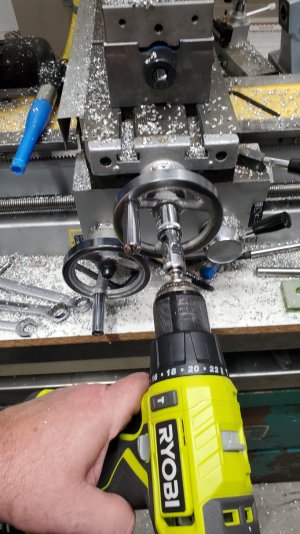
Back story.
I HATE the little handwheels on my Smithy Midas 1220. They are flimsy and have too small of a radius for my taste. I'm not necessarily going to replace them. I just hate them.
I also hate that I can't change the leadscrew speed on my machine without changing gears. The gear change steps are more difficult then they need to be but they work, I suppose.
I don't like breaking the sacrificial gear hub when I screw up and forget to unlock the slides. Especially since the machine, and the parts, are discontinued by Smithy. They might still be available in China somewhere but I didn't find them.
And I hate how slow my Y-axis feed is and how I have to used the lathe drive just to have the power feed when milling.
The key, remove the manual drive. Replace with stepper drives. That's my goal.
(I evensually plan to replace the main motors as well)
This last week I was making some parts on the mill and the number of cranks I needed to make on the small handwheel just wore my forearm out. I eventually went to a hillbilly feed.
The following will be to document the changes I'm making. I will try to include tooling and processes but I'm bad about that stuff.
The first picture is of the hillbilly feed I used.



